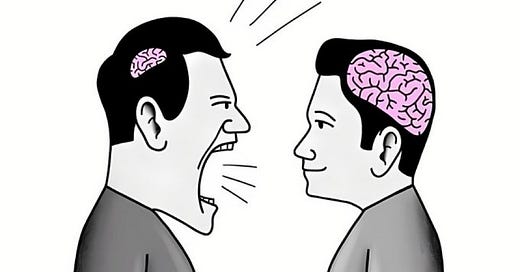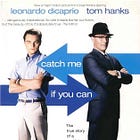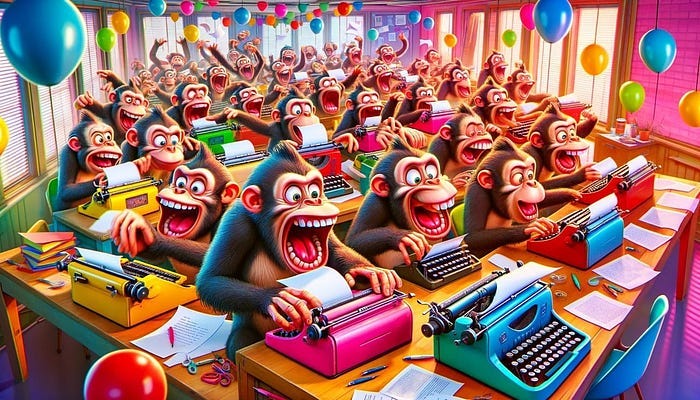How to End Racial Discrimination Easily + Quickly
Great Science >Superficial Hires, Initiatives, and PR Stunts
Don’t dismiss this as just another 'culture war' argument. What you are about to read builds up to a groundbreaking study that promises real solutions. Enough of the lame, ineffective, costly, hand-waving approaches…
A few years ago I polled my colleagues about the extreme outliers of society.
The answers ranged from 0 to 40,000,000. The average was over one million. Even adults with Ph.D.’s are rather imprecise in detailing current societal ills and base their beliefs on assumptions more often than data. That said, racism does exist.
In the eyes of many, no amount of moral virtue, intellect, or work ethic compensates for skin color. Even in the 21st century. How many people are truly racist? I have no clue. Neither do policy makers, social activists, or scientists. Who is more likely to hold racist attitudes does depend heavily on political party identification, age, geographic location, social network, and information sources.
America launched a movement to rectify a history of racial injustice. Under the banner of anti-racism initiatives, local and national directives advance racial equity and diversity policies with the hopes of eradicating white supremacy and systemic racism. Despite the rapid roll-out, there are far more questions than answers. There are lot of interventions that are inconclusive and even lead to worse outcomes (see this review).

Taboo questions exist that people and organizations are hesitant to raise.
Here, I focus solely on scientific advances, not rhetoric. In the past I have shared research on racial biases, such as baseball card sale prices on eBay:
Unfortunately, the only solution I offered for combating racism has been the intergroup contact effect:
Thankfully, newer high quality research has emerged.
Racial Discrimination in the Ride-Hail Industry
Ride-hailing services like taxis, Uber, and Lyft are popular because of cost and convenience. You might think that because everything happens through an app, and there are few visual cues, everyone is treated the same. Unfortunately, studies show that black riders are far more likely to have rides canceled than white riders.

Black riders also had to wait much longer for a ride to arrive - even when other factors like time of day were the same.
Why does this happen? Probably some drivers make decisions based on a rider's name or photo. This means that before meeting, some drivers already have negative assumptions about them. Of course, don’t be foolish enough to think ride-hailing adults are different…

For me, the bigger question is whether a simple, easy to implement modification can address the problem.
Manipulating Curiosity
Within the standard Uber/Lyft app, drivers see only the passenger’s rating before accepting a ride. Once they accept the ride, they see the name of the passenger.
However, guess what happens if you simply increase the font size of the rider's rating to draw attention to this relevant dimension? You basically eliminate racial discrimination.
How do we know this? From an experiment with 3,600 drivers in Boston, Los Angeles, and Seattle. Half of the drivers were in an intervention group where they only saw one piece of identifying information about a passenger: their rating by other drivers. No name. No photograph.
The researchers found that using a name that is more commonly used by Black Americans as opposed to names that have not been used by any Black voters in the county “increases the likelihood of cancellation by 19.2%!” As for the intervention, what these same researchers found is that “increasing the font size of the passengers' ratings reduces the effect of the name on cancellations by over 70%!”
Wise Psychological Interventions
The experiment mentioned involves subtle changes in the environment to influence behavior positively, without requiring individuals to consciously change their attitudes or beliefs. By emphasizing passenger ratings, a more objective measure of citizenship, the intervention shifted drivers' attention away from less relevant information.
The effectiveness of wise psychological interventions lies in their ability to address both "noise" (the total number of errors) and "bias" (errors that favor one group over another) in decision-making. By minimizing the influence of irrelevant or bias-inducing information, these interventions can lead to fairer outcomes.
Send this to someone who cares about diversity, equity, and inclusion. This is a call for designing, implementing, and testing wise psychological interventions to enhance society. An approach that is far better than the current investment in an abundance of costly, ineffective, superficial initiatives.
If this was enlightening, please support me:
Share this on social media and send it to friends;
Leave a ❤️ and comment;
Subscribe (with benefits such as the chat room and 200+ article archive). If you do, make sure to read the article at the bottom which has the link to the next Zoom session (December 3, 2024).
Todd B. Kashdan is an author of several books including The Upside of Your Dark Side (Penguin) and The Art of Insubordination: How to Dissent and Defy Effectively (Avery/Penguin) and Professor of Psychology and Leader of The Well-Being Laboratory at George Mason University.
Read Past Issues Here Including:
Wacky "Never Have I Ever" Questions, Monkeys Who Write Sonnets, and the Next AMA
Despite an autobiography that in some ways mirrors the life of every suburban man in America, several events stand out as uniquely my own. These moments are as vivid as they are singular. Consider a mere five:









Thanks for this article Todd. Was able to use some of the content you linked here for a good cause today.